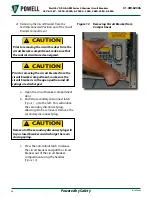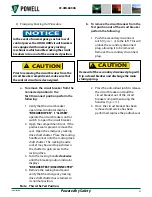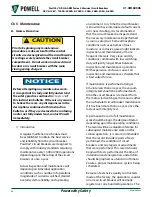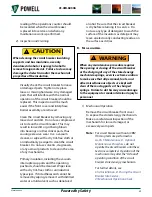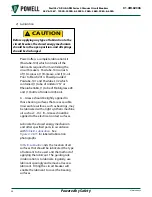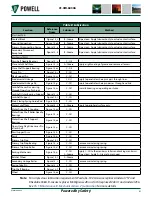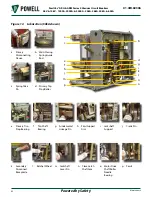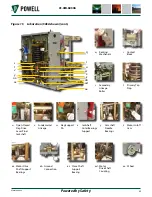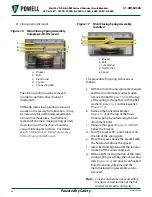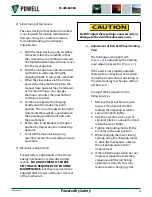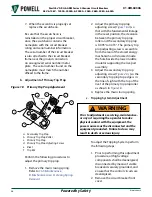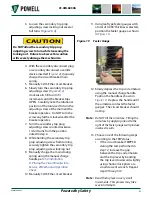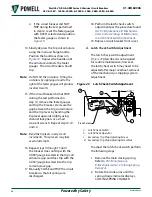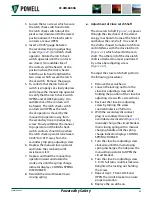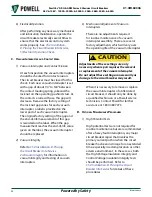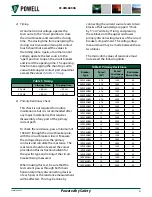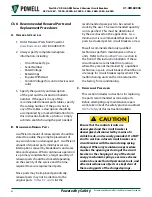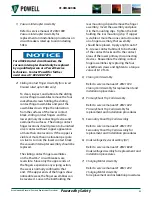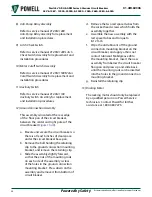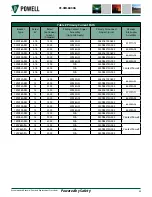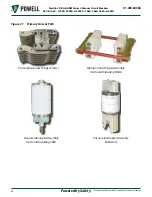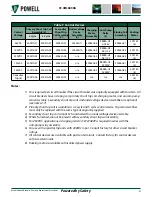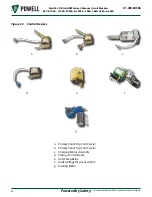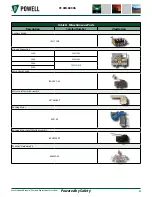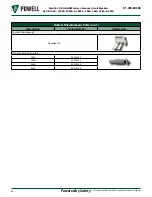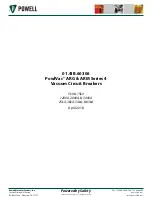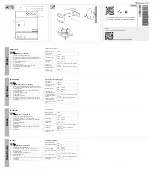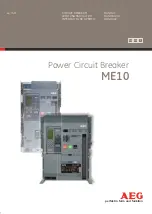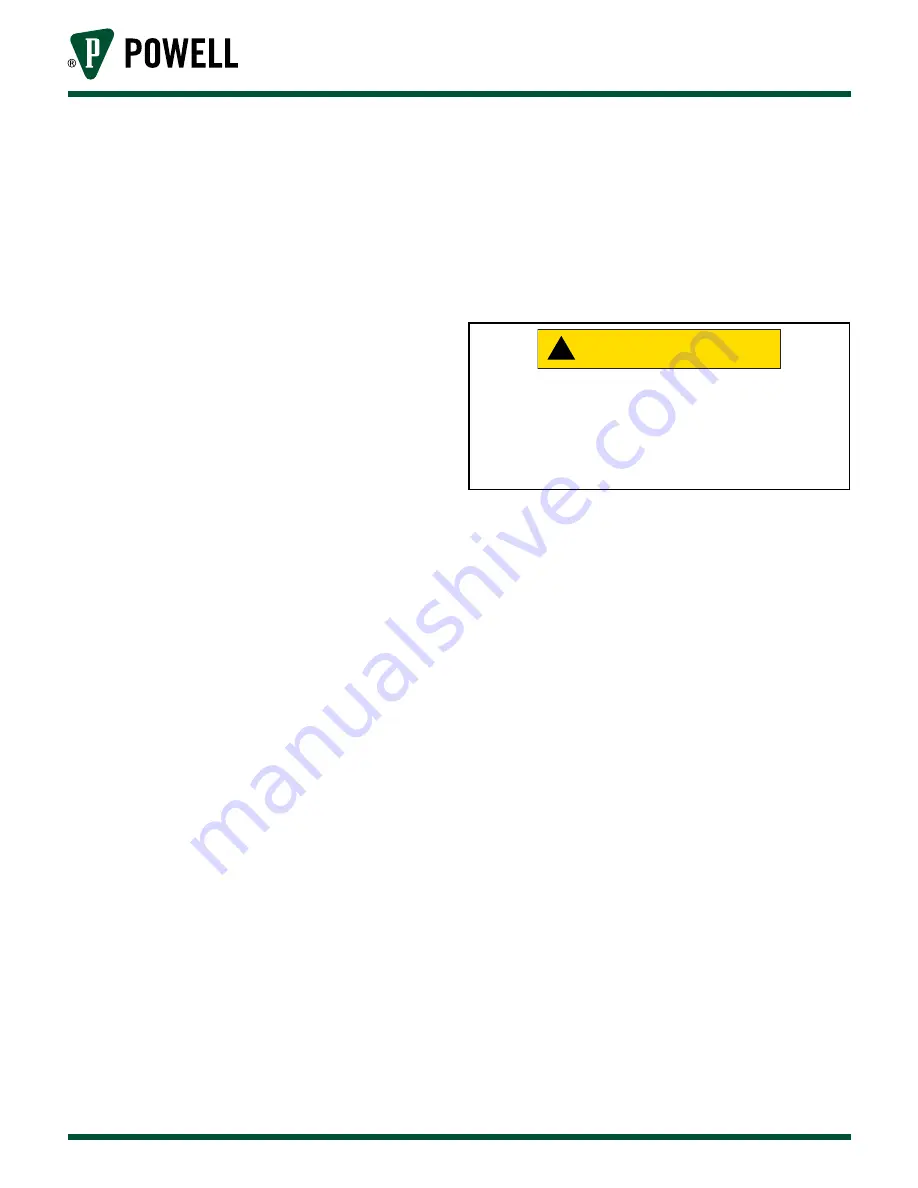
Powered by Safety
®
50
Maintenance
PowlVac® ARG & ARM Series 4 Vacuum Circuit Breakers
5kV & 15kV - 1200A, 2000A, & 3000A - 25kA, 36kA, 50kA, & 63kA
01.4IB.60306
6) Electrical Operation
After performing any necessary mechanical
and lubrication maintenance, operate the
circuit breaker electrically several times to
ensure that the electrical control system
works properly. See
D. Placing the Circuit Breaker Into Service,
.
c. v
AcuuM
I
nterrupter
AnD
c
ontAct
A
reA
1) Vacuum Interrupter and Contact Erosion
At each inspection the vacuum interrupters
should be checked for contact erosion.
The circuit breaker must be closed for this
check. Each new vacuum interrupter is set
with a gap of about 1/4” to 5/8” between
the contact loading spring yoke and the
lock nut on the operating pushrod stud. As
the contacts erode with use, this gap will
decrease. Because the factory setting of
the lock nut gap varies for each vacuum
interrupter, a label is provided on the
lower part of each vacuum interrupter.
The original factory setting of the gap and
the end-of-life measurement of this gap
is recorded on the label. When the gap
measurement reaches the end-of-life value
given on the label, the vacuum interrupter
should be replaced.
2) Vacuum Integrity
Refer to
the Circuit Breaker Into Service,
for information on
vacuum integrity and testing of vacuum
interrupters.
3) Mechanical Adjustment of Vacuum
Interrupters
There are no adjustments required
for routine maintenance of a vacuum
interrupter assembly. There are several
factory adjustments which will vary over
the operating life of the vacuum interrupter.
Adjustments of these settings are only
necessary when repair requires the removal
or replacement of the vacuum interrupter.
Do not adjust these settings unnecessarily as
damage to the circuit breaker may result.
!
CAUTION
When it is necessary to remove or replace
the vacuum interrupter of a 63kA rated
circuit breaker, it should only be done by
a qualified technician or a Powell service
technician. Contact Powell for further
assistance at 1.800.480.7273.
D. o
ptIonAl
M
AIntenAnce
p
roceDureS
1) High Potential Tests
High potential tests are not required for
routine maintenance but are recommended
after a heavy fault interruption, any major
circuit breaker repair that involves the
primary current path or when the circuit
breaker has been in storage for an extended
time, especially in a damp location or other
adverse environment. In these cases, both
the High Voltage Insulation Integrity and
Control Voltage Insulation Integrity tests
should be performed. Refer to
Ch 4 Installation, D. Placing the Circuit
for details of these
procedures.

